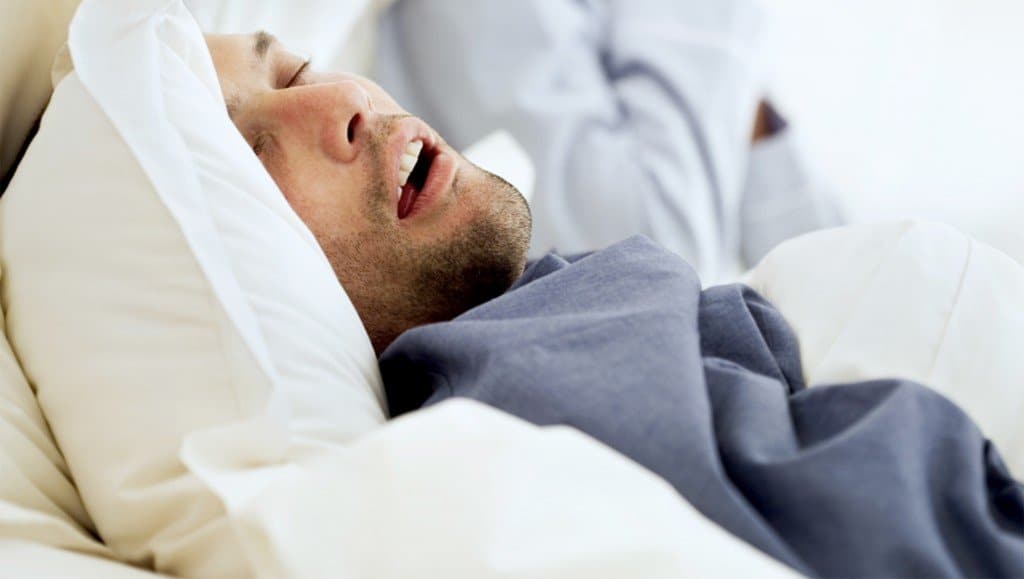

The characteristic feature is that the subject feels that he or she is being attacked or chased or is attacking or chasing someone or something else. This condition is usually seen in males over the age of 50 but can be induced by drugs or alcohol in younger people. In this condition there is a combination of vivid dreams with an aggressive content, associated with often violent physical movements related to the content of the dream or nightmares, due to an abnormality in the formation of REM (dream) sleep. Treatment with anticonvulsant drugs is usually effective. The episode subsides rapidly and the subject is usually only aware of a sensation of fear, for instance as if escaping from a near-death experience. This is often invisible on testing such as MRI or CT scans but may cause episodes in which the subject utters a scream or a screech and then makes frenetic movements and may walk out of the bed. The most important is frontal lobe epilepsy which arises from a small abnormality at the front of the brain. Most epileptic seizures occur during the day but there are some specific types of epilepsy which occur particularly at night. These conditions all usually have a similar basis to sleepwalking and may be due to the same trigger factors. Sleep terrors, sleep talking, sleep eating, sleep-related sexual activity The common conditions which can lead to people walking in their sleep are: Not everyone who walks in their sleep has what is known medically as sleepwalking. Treatment is geared to relieving these problems and ensuring that the environment of the sleeper is safe. Sleepwalking may be due to lack of sleep, stress, sedative drugs or alcohol. The subject may be guided back to bed but any attempt to restrain or waken a sleepwalker should be avoided since this may lead to sudden violence. It is due to incomplete awakening from the deepest stages of Non-Rapid Eye Movement (NREM or non-dream) sleep so that there are some features of being asleep and some of being awake.Ī sleepwalker often walks around the room or may go out of the house but only partially responds to other people.

It is present in around 10% of children, particularly between the ages of 4-8, but may continue throughout life. Sleepwalking is one of the most common types of movement during sleep. It may also be necessary to come into hospital for a polysomnography to see exactly what is going on. The type of movements, whether they are linked to dreams or other sensations, how much recollection the subject has of the events, the time of night when they occur and any link to any trigger factors such as sleep deprivation, alcohol or drugs may all be important in working out the cause of the problem. These are sometimes known generally by the medical term of Parasomnia, but the range of unusual events that occur during sleep is so wide that it is important to accurately pinpoint the type of events occurring in each patient. Elsevier 2016.It is normal to move around during sleep to a certain extent but in some people abnormal movements and complex patterns of behaviour may occur. Principles and Practice of Sleep Medicine, 6th edition. Effects of aging on sleep structure throughout adulthood: a population-based study. Moraes W, Piovezan R, Poyares D, Bittencourt LR, Santos-Silva R, Tufik S. National Sleep Foundation's sleep quality recommendations: first report.

Ohayon M, Wickwire EM, Hirshkowitz M, et al. Auditory deep sleep stimulation in older adults at home: a randomized crossover trial.

Lustenberger C, Ferster ML, Huwiler S, et al. Cognitive Behavioral Therapy for Insomnia (CBTI): Sleep Restriction. Sleep classification according to AASM and Rechtschaffen & Kales: Effects on sleep scoring parameters.


 0 kommentar(er)
0 kommentar(er)
